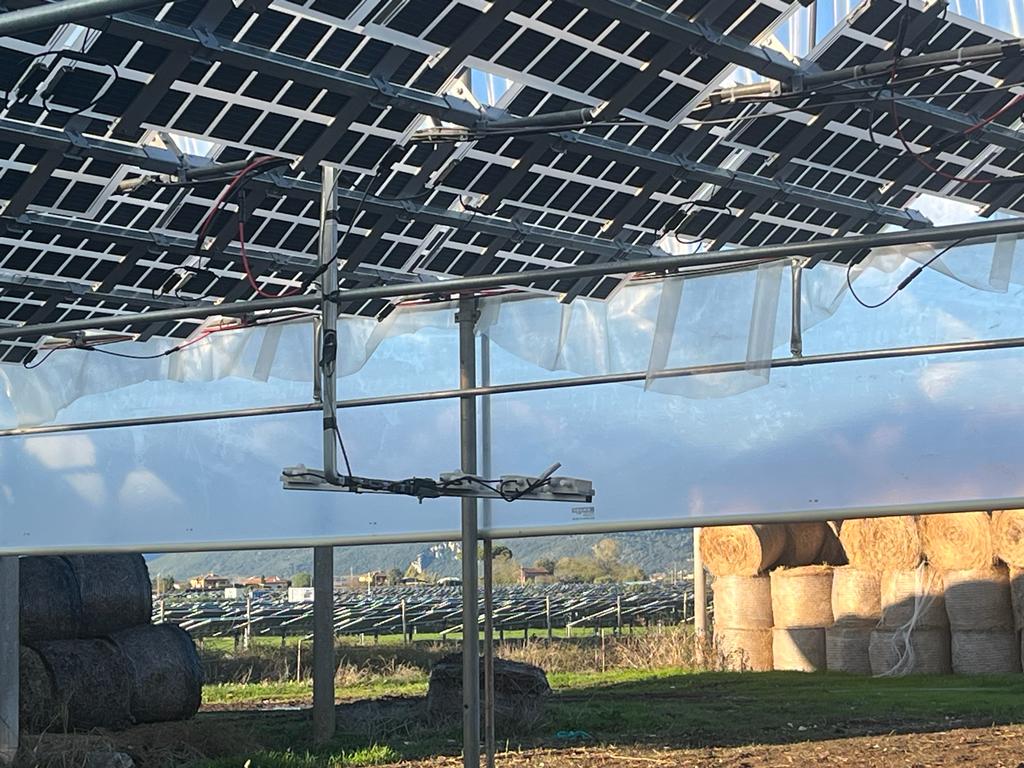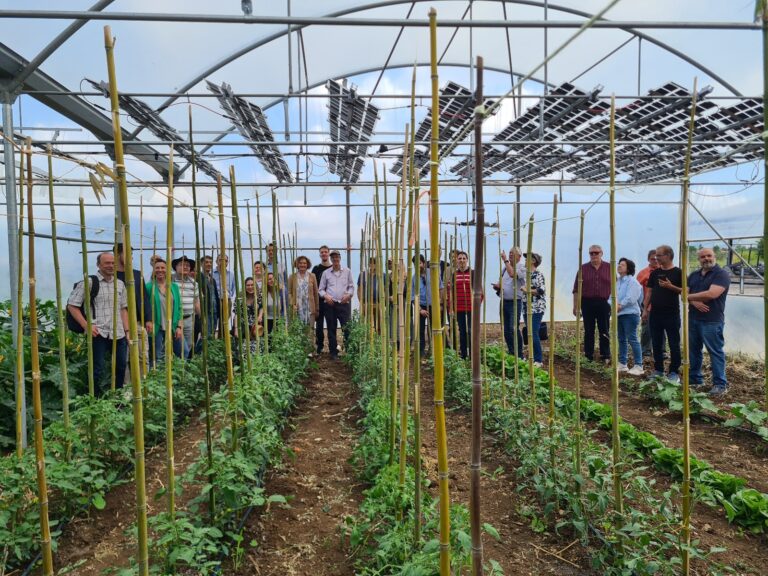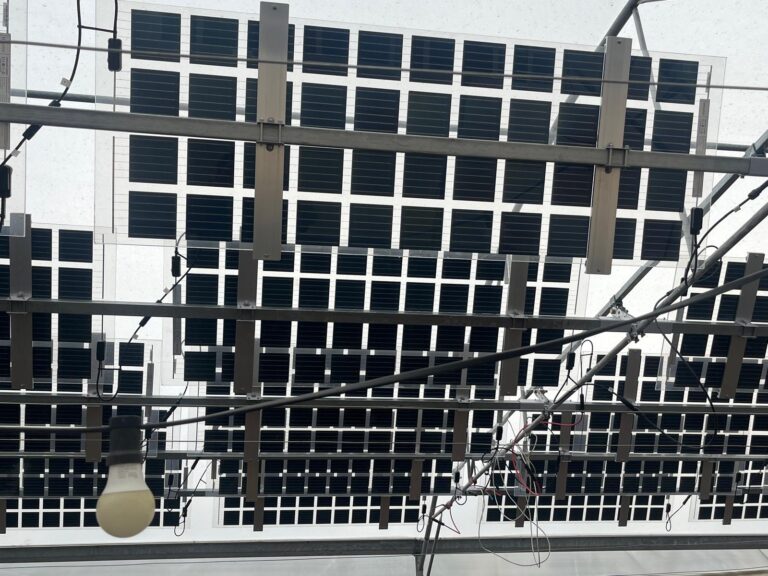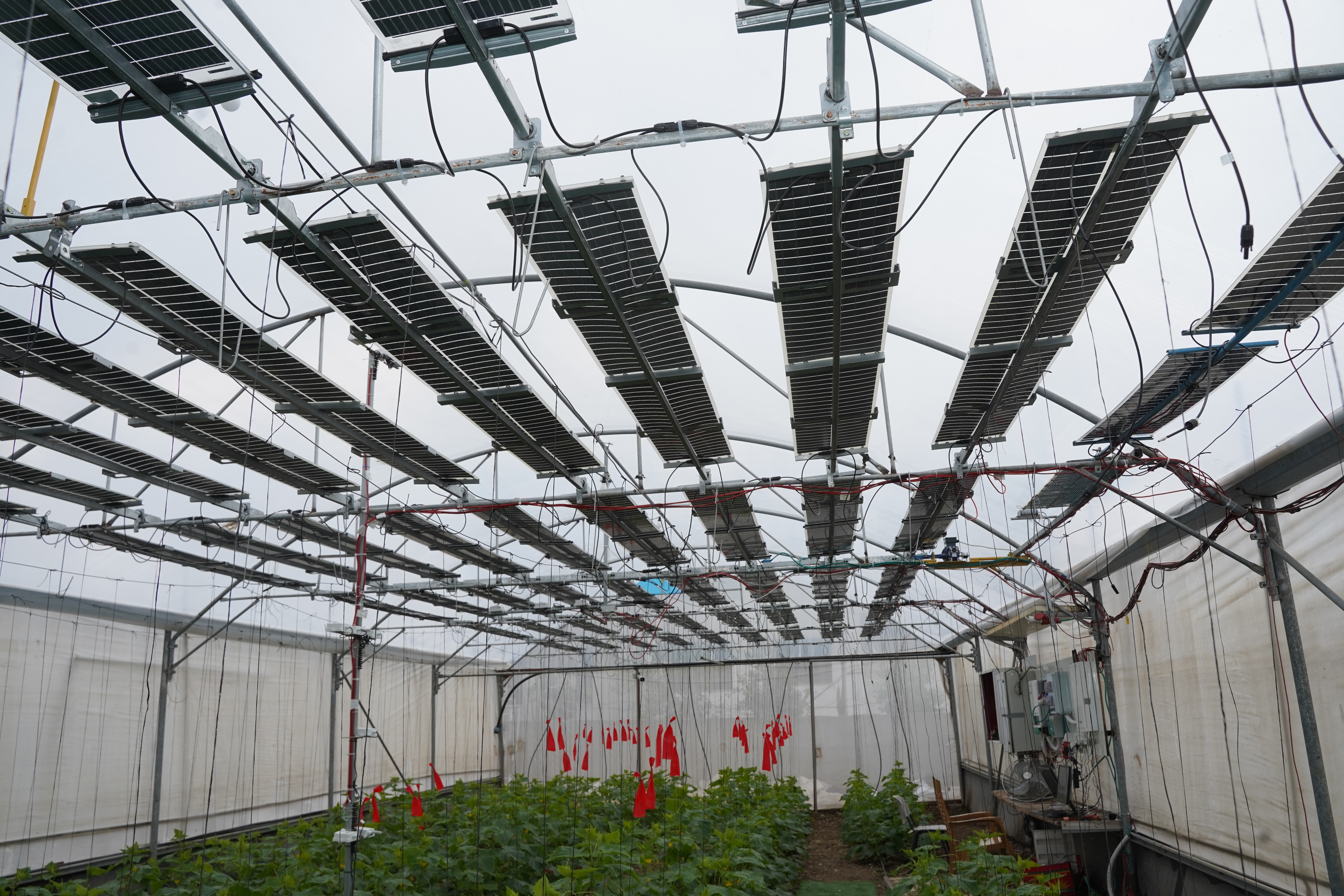By Michael Eilan
Agrivoltaics is becoming an industry, turning from an interesting assortment of solutions with laudable ecological goals to a global endeavor to find ways to deploy solar energy and grow food together. This was our key conclusion from Agrivoltaic Industry Forum Europe, a two-day event in Strasbourg.
The EU-funded REGACE Project presented at the conference by Ronen Katz, Trisolar CEO and myself, hoping to heart about the latest technologies used in Agrivoltaics solutions. We got far more than that. The first was the clear understanding that Agrivoltaics is not one but at least three industries, for horticulture and fruits, livestock grazing and open field crops. We were obviously most interested in the first group.
But perhaps the most interesting and critical finding is the Agrivoltaics may use the same technologies as conventional solar energy but operates as a business in a different arena, with different players, different regulators and different ways of ascribing value.
In conventional solar energy size rules and bigger is always better in producing panels or setting up arrays. This (completely justified) insistence on economies of scale sets the parameters of both the finance and regulation of the solar industry, which has become basically a real estate/energy industry.
Agrivoltaics is different:
- Unlike conventional solar a given unit of land has two outputs, energy and food. Farmers can make more money from selling electricity than from growing food so concerns about food security are pushing regulators to either prohibit reductions in crop yields or to limit the impact to certain percentages of the pre-agrivoltaic yield.
- The identity of the customer. In conventional solar there is only one customer: whoever owns or operates the grid to which one is connected. The identity of the landowner is irrelevant and is just part of the cost structure. In agrivoltaics, the primary customer is the farmer, who needs to be given the correct tools to sell power to the secondary customer, the grid.
- Size: In the European market, where much of the agrivoltaic innovation is taking place, most farms are far too small to enjoy the kinds of economies of scale preferred by conventional solar. This means that agrivoltaic companies will need to find innovative ways to make money while delivering real value to farmers.
We were delighted to see that other companies, in presenting their case studies, also reported increases in crop yields as we have done in our greenhouses. It’s nice not to be an outlier, even though most of the place in which yields increased were relatively southern. The REGACE experiments combining CO2 enrichment with Trisolar’s responsive tracking system will, we hope, move the border of possible increases in crop yield far further north.
One extremely interesting and important finding reported by several vendors is for significant saving in irrigation water in agrivoltaic systems. If confirmed, water saving is quite likely to be a major criterion in support programs such as the one planned for early 2024 in Italy.
Another interesting finding reported in two presentations were great differences in crop performance of various cultivars. This was reported on apples and grapes . We don’t know is this is true about greenhouse crops, but it is definitely worth investigating.
Perhaps the best proof of the extent to which agrivoltaics is becoming a real industry was the very lively debate on LCOE, the acronym for Levelized Cost Of Electricity. LCOE is a measure devised to compare the cost of electricity over the lifetime of various projects and technologies. Over the years it has become one of the main yardsticks used by banks and solar power financiers to judge the viability of conventional solar projects.
One side of the argument states that the value of an agrivoltaic project must take into account the crop being grown. A 10 percent increase or decrease in a crop of hay is far less significant than a 10% increase or decrease in a crop of say, blueberries.
Very true, says the other side to the argument, but try take your argument to the bank. The fact that this debate is taking place shows exactly where this new industry is.



